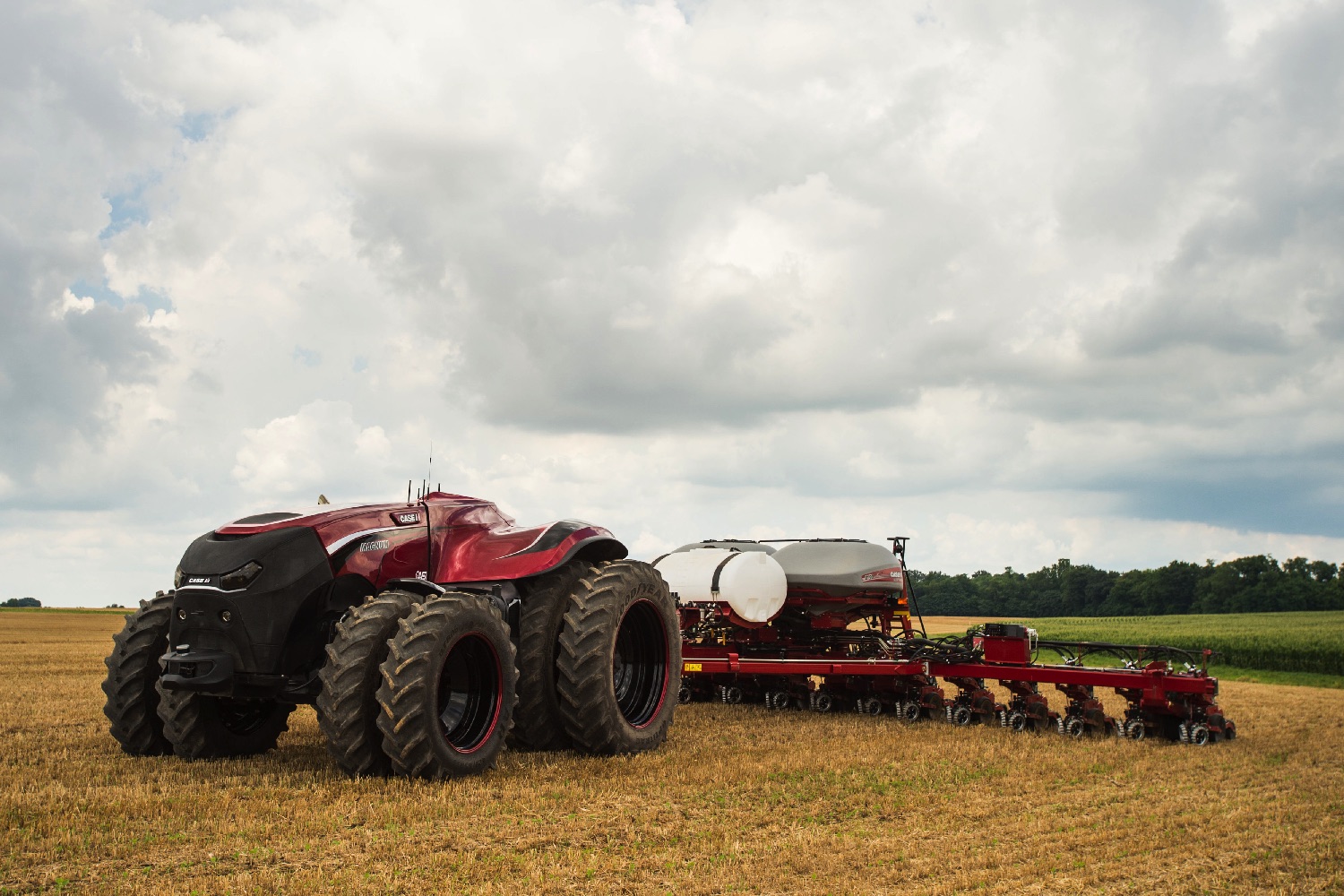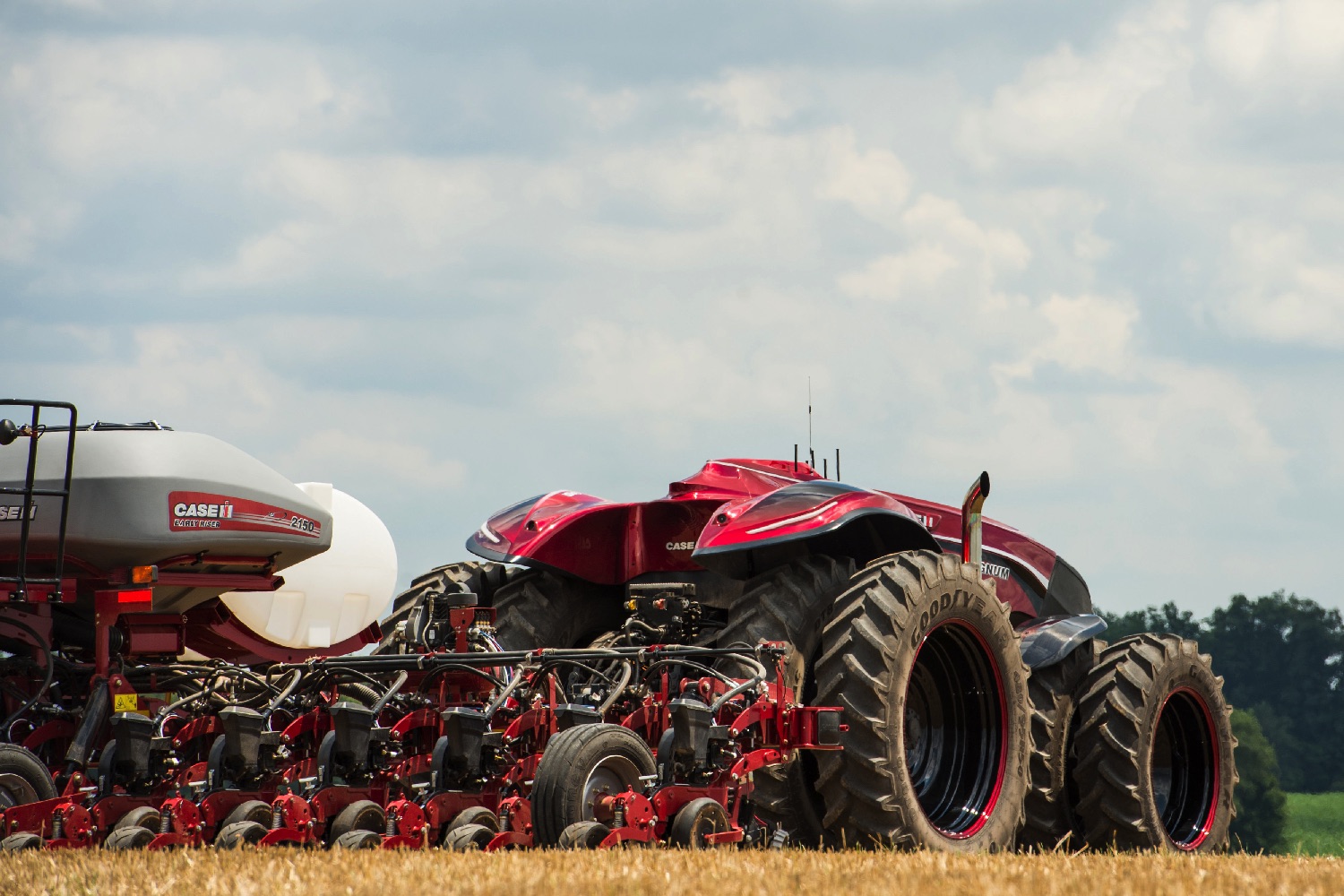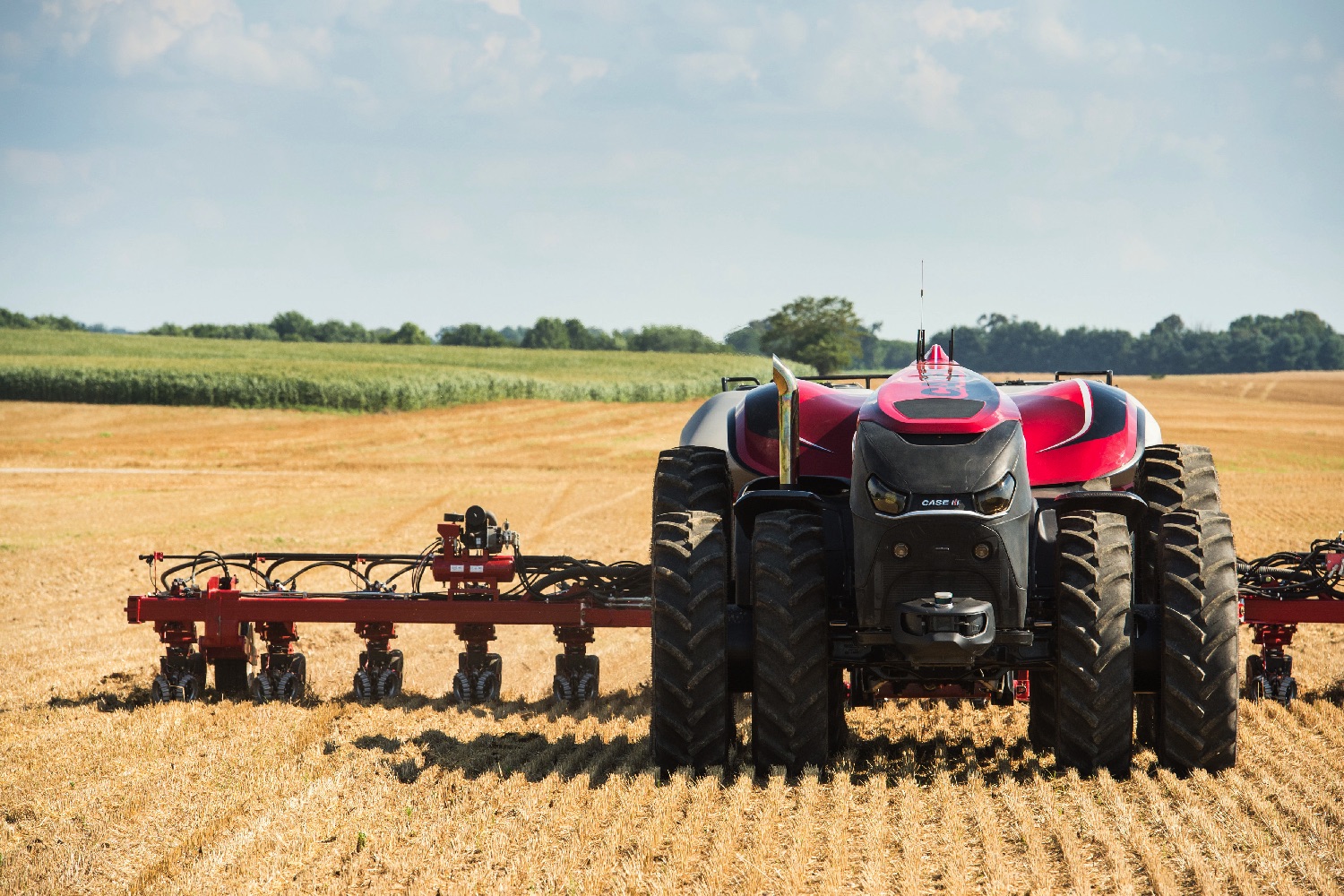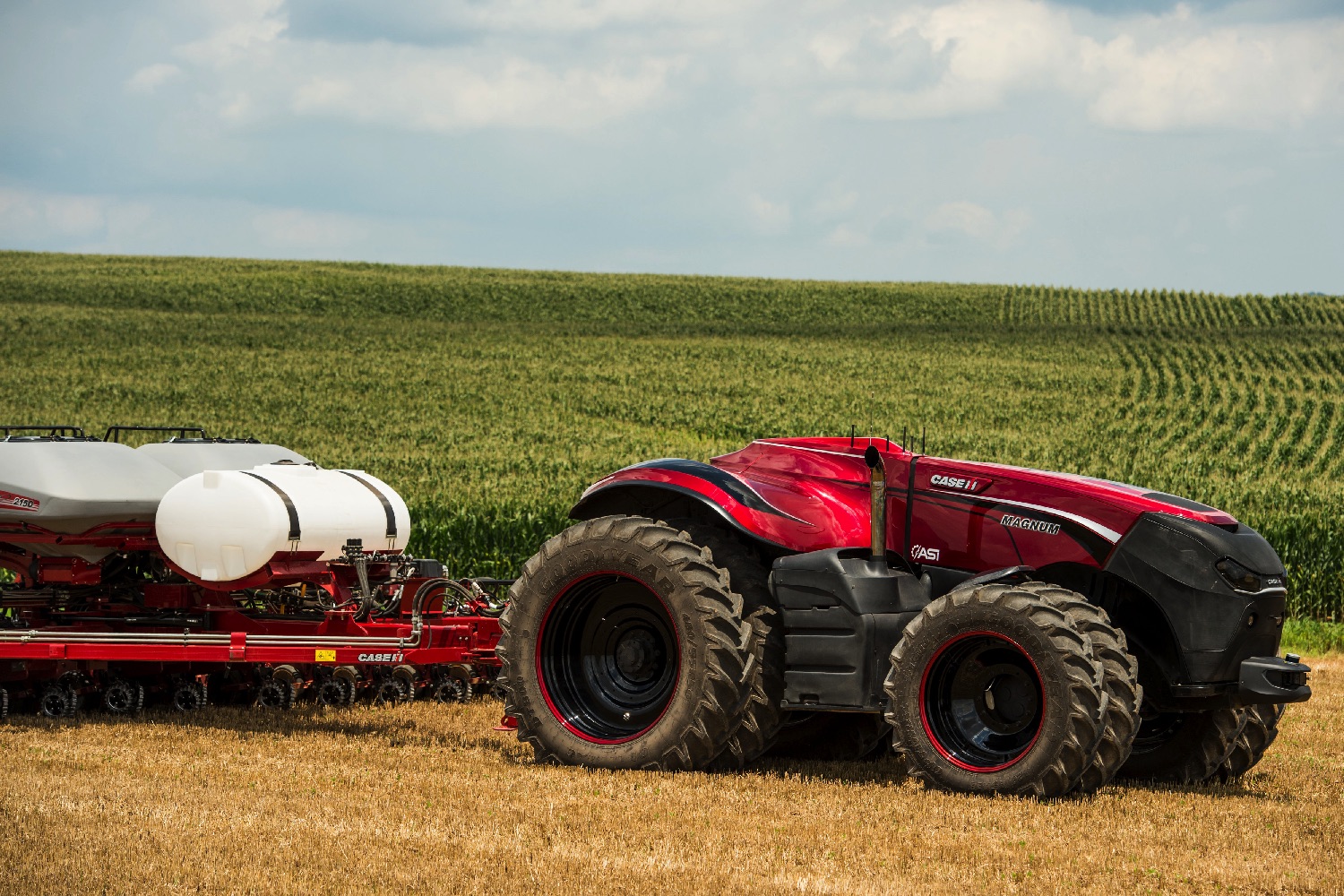Carrying the admittedly non-badass name “Autonomous Concept Vehicle,” the self-driving farm vehicle — which was co-developed with driverless tech company Autonomous Solutions Inc. — recently made its debut at the aptly named Farm Progress Show in Boone, Iowa.
“With the growing urbanization of rural America, more and more farms are going to corporate,” Matt Nielsen, marketing director at Autonomous Solutions Inc., told Digital Trends. “Getting skilled labor is one of the key challenges facing farmers today. As we travel across the U.S., we keep hearing that farmers can’t get and keep good labor. Thirty percent of the berry crop in California wasn’t harvest due to a lack of labor. During harvest, time is extremely valuable. These concept autonomous tractors would allow for true 24-hour operation to harvest or plant in critical, limited-time windows.”
The driverless tractors are programmable via tablet, and offer the possibility of autonomous seeding, planting and tillage — with all the obstacle detection, radar, cameras and other goodies you’d expect from any self-respecting autonomous vehicle. “It allows an operator to plan paths for fields, adjust paths for different implement widths, as well as manage multiple tractors running multiple operations in separate fields or in in tandem in the same field,” Nielsen said.
In terms of spec, the tractors sport a 419-horsepower engine and a maximum top speed of 31 mph.
So where can you get hold one for yourself? Sadly, it’s not quite that straightforward just yet. “These concept autonomous tractors are, for now, just that: concept,” Nielsen told us. “They are fully functional and able to operate in field, however they are not commercially available right now, due to the need for further development on the litigation side of autonomous vehicles, regulation, [and the like.]”
That doesn’t stop us from dreaming, though!
Editors' Recommendations
- NASA’s Mars rover uses its self-driving smarts to navigate toughest route
- Officers confused as they pull over an empty self-driving car
- Tesla pulls latest Full Self-Driving beta less than a day after release
- Watch San Franciscans take a ride in Waymo’s self-driving car
- Tesla issues stark warning to drivers using its Full Self-Driving mode







